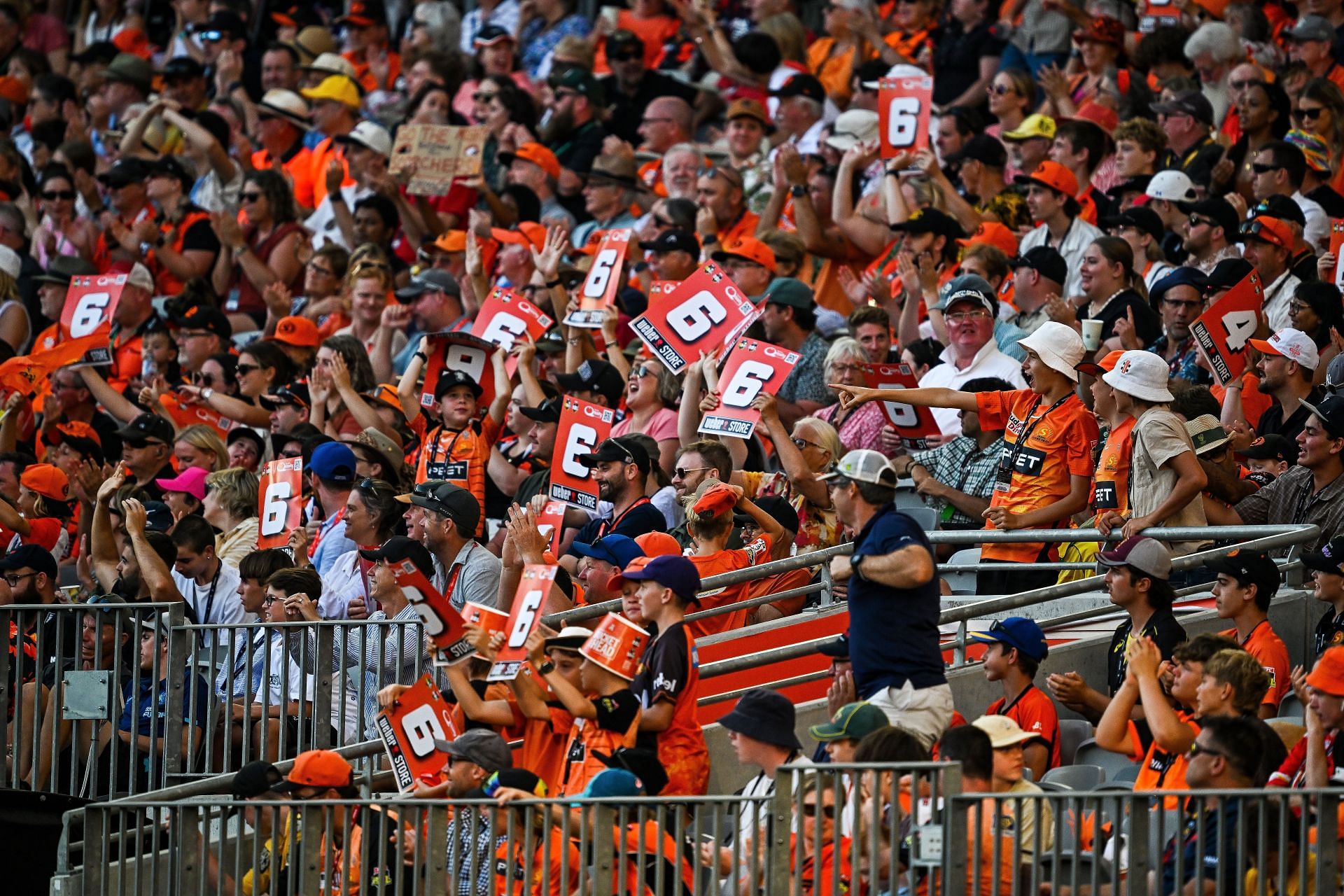
3 reasons why Kevin Pietersen's idea to give 100-metre six as '12 runs' doesn't make sense
Modern-day cricket is constantly evolving to meet the demands of fans and to make it an invigorating experience. There have been a slew of changes made to the sport in the recent past, and the jury is still not out on a lot of those new rules.
The change in playing conditions often stems from demand, either from players or fans, in a bid to level the playing field or to make contests a bit more competitive. Sometimes former players also chime in with their suggestions, which could arguably go either way, depending on how feasible the idea is.
Some of these proposed changes never truly come to fruition, either because it is too far-fetched or is poorly received by the cricketing masses. A most recent example of such an instance is in the form of former England player Kevin Pietersen's suggestion to award 12 runs to the batter if he scores a shot that exceeds 100 metres in distance.
"2 years I mentioned on commentary that I think a batter should get a 12 if he hits a six over 100m. That rule is on its way," Kevin Pietersen wrote on Twitter recently.
On that note, let us take a look at three reasons why Kevin Pietersen's idea to give a 100-metre six as '12 runs' doesn't make sense.
#1 Cricket is already skewered in favor of the batters
With the emergence of shorter formats, and fans' unrelenting love for boundaries and high-scoring encounters, bowlers almost have no say in contests anymore. Thicker blades, smaller boundaries, and rules that tilt towards batters make it a lopsided affair altogether.
Already rules like the umpire's call and lack of reviews for extras, make batters near-invincible at times. And if incentives like extra runs are introduced, then it might be the end of parity in cricket.
There are absolutely no incentives for bowlers, who already have to work within a very little margin of error. While the thought of additional runs is at least being considered, similar incentives for bowlers will not even be considered slightly. It is not like a play-and-miss will lead to a deduction of runs or an inside edge boundary will only yield a couple of runs.
Even though uprooting the middle stump of a batter is an equal achievement in bowling terms when compared to a 100-metre six, the former will not receive a bonus. Only one wicket will be awarded to a bowler, just like only six runs should be awarded to a batter if the ball crosses the ropes, irrespective of the distance beyond it.
#2 Incentivising power is not the direction that cricket should be heading towards
There are a set of batters who rely more on skill and timing, while some other batters purely depend on sheer brute and power for six-hitting. So far, both have been successful in scoring boundaries off poor deliveries, but if the boundary-hitting regulations are changed, and power is incentivised, then it is a poor sign for modern-day cricket.
In a time where power already trumps skill, the wrong attribute is arguably being rewarded with the proposed change from Pietersen. In this constantly changing game, which the traditionalists find more and more alien with each passing day, there are not many examples of pure skill to showcase.
Cricket has never been about who can hit the ball the hardest or the farthest, and it never should be by any means. It takes away the very essence of the game, which is built on skill and temperament and not a flex show of power heaves and golf swings.
#3 Lack of accuracy
The current rules surrounding boundaries are clearly defined. There is no quantification necessary and no ambiguity as such. However, with a benchmark being added for extra runs, the already controversial hawk-eye technology will be entrusted to measure boundaries for reasons apart from the usual trivial ones.
Although former South African cricketer AB de Villiers supported Kevin Pietersen's idea to an extent, he did express a few concerns, one of which was the accurate measurement of the strokes that cross the rope.
"I’ve been saying for a while we need to get technology to be more accurate with the distance(like in golf). Absolutely can’t have some random guy in a box thumb-suck the distance. Been bothering me for ages." de Villiers said in a comment on Kevin Pietersen's original post suggesting the rule change
Do you think there is a chance that Kevin Pietersen's suggestion could be implemented in the future? Let us know what you think.